A Legacy of Performance: 10 Buick Powerhouses That Defined the Brand
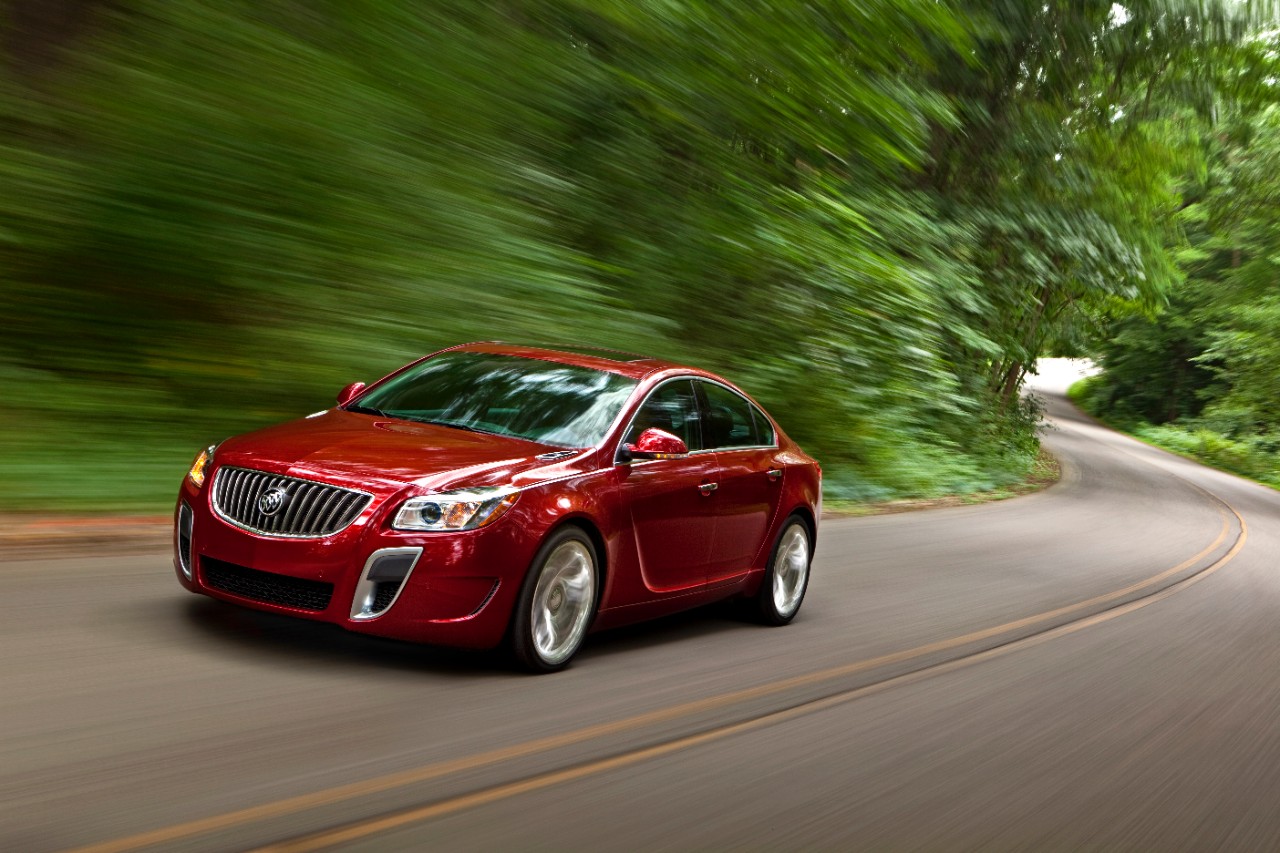
Over the years, the Buick brand has become synonymous with smart, luxurious vehicles that incorporate engaging designs, intelligent technologies, and riveting driving dynamics. But back in its youth, Buick models were a bit more impetuous, and leaned towards raw performance than the more nuanced experience modern Buick vehicles are famous for.
To celebrate its youthful exuberance, here’s a look at 10 milestone models that helped cement and promote Buick’s performance heritage.
1909 Buick racecar
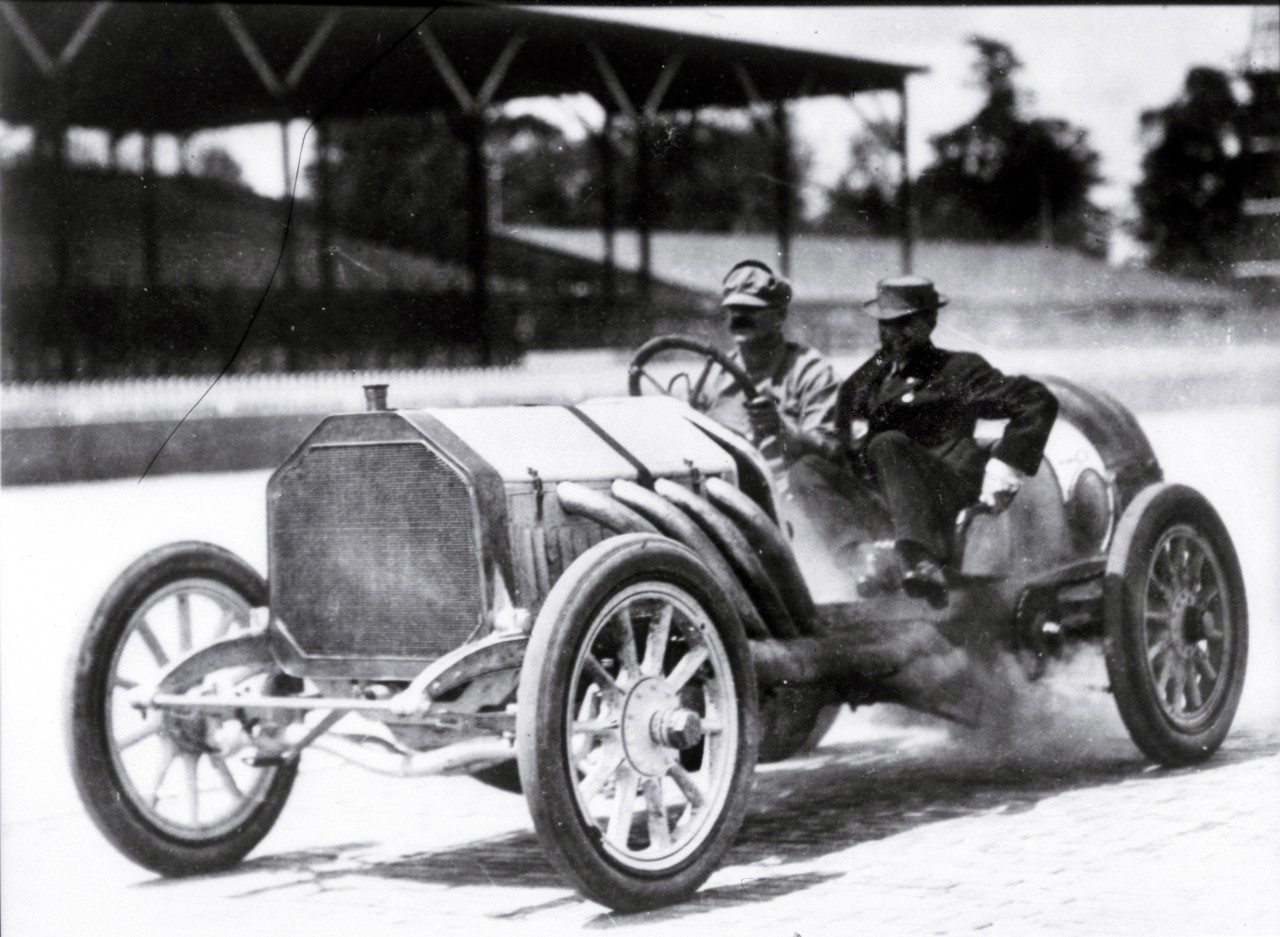
Two years before the first Indianapolis 500, the inaugural event at the now famous track was the Prest-O-Lite Trophy. The 250-mile race was won by a Buick driven by Bob Burman. Of the nine cars that finished the race, three of them were Buick models.
1910 Buick 60 Special “Bug”
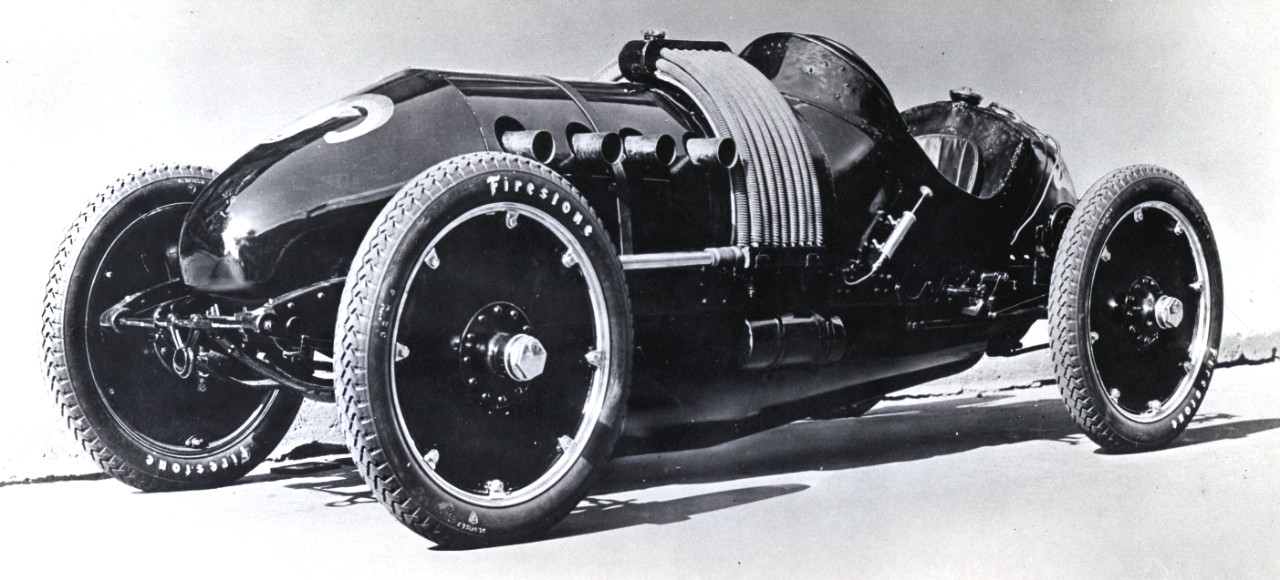
The 60 Special, or “Bug as it was affectionately called, was built by the Buick racing team and featured a unique nosecone, which was designed to please the eye rather than provide any real aerodynamic benefits. Powering the vehicle was a 10.2L four-cylinder engine that propelled the Bug to 110 mph. Two examples of this model were made. One went to Bob Burman and the other: Louis Chevrolet.
1938 Buick Century
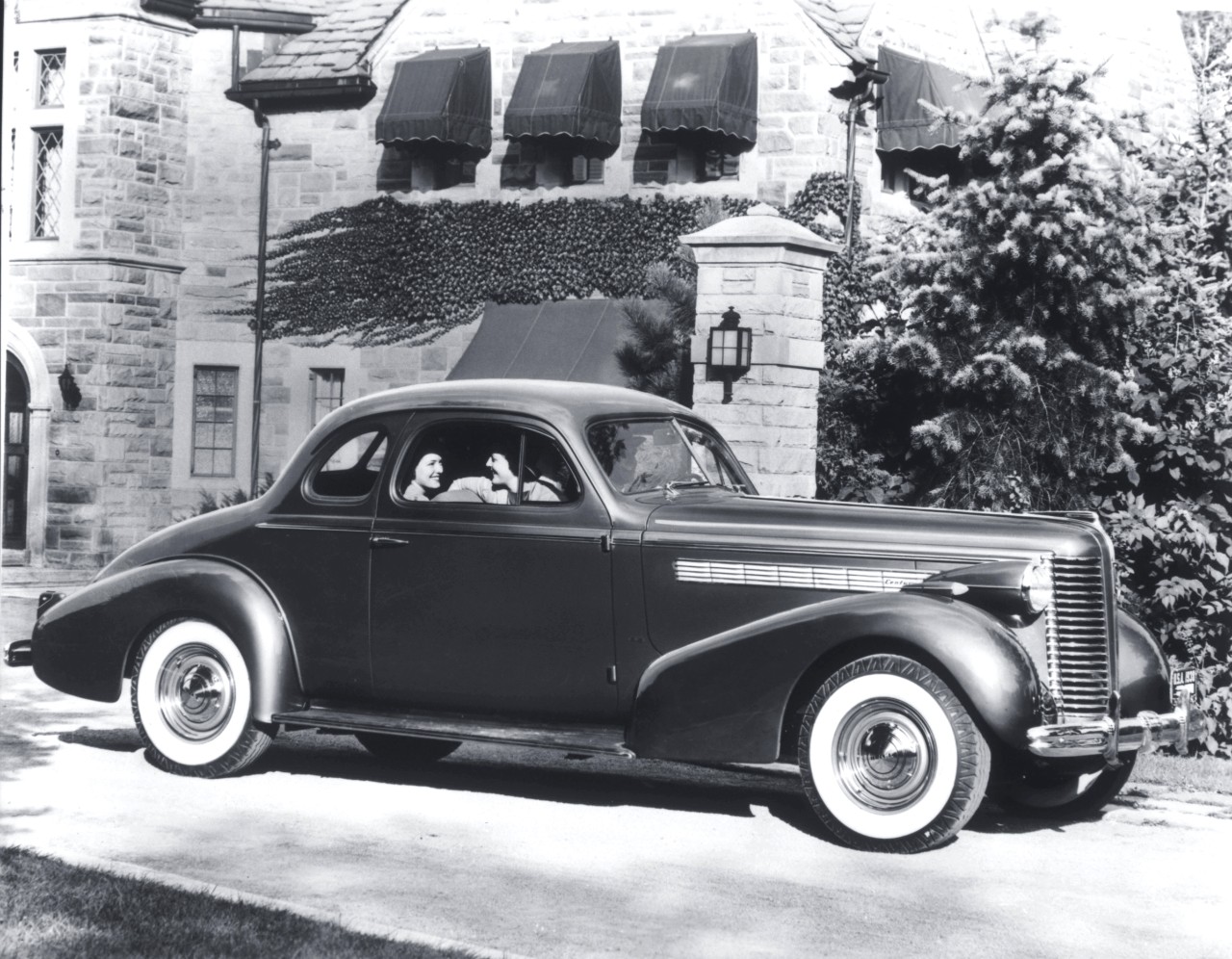
The 1938 Century model established a new performance benchmark. Dubbed Dynaflash 8, the 5.2L inline engine featured new, domed pistons, which was enough power to pass the “century mark” at 103 mph, making the Century one of the fastest cars of its day.
1954 Buick Wildcat II concept
![]()
Buick introduced the feisty Wildcat II concept in 1954. It was powered by the brand’s V8 engine, dubbed “Nailhead,” which debuted a year earlier. The Nailhead smartly utilized a quartet of sidedraft carburetors, which helped engineers coax 10 percent more horsepower from the engine than regular-production models.
1963 Buick Special
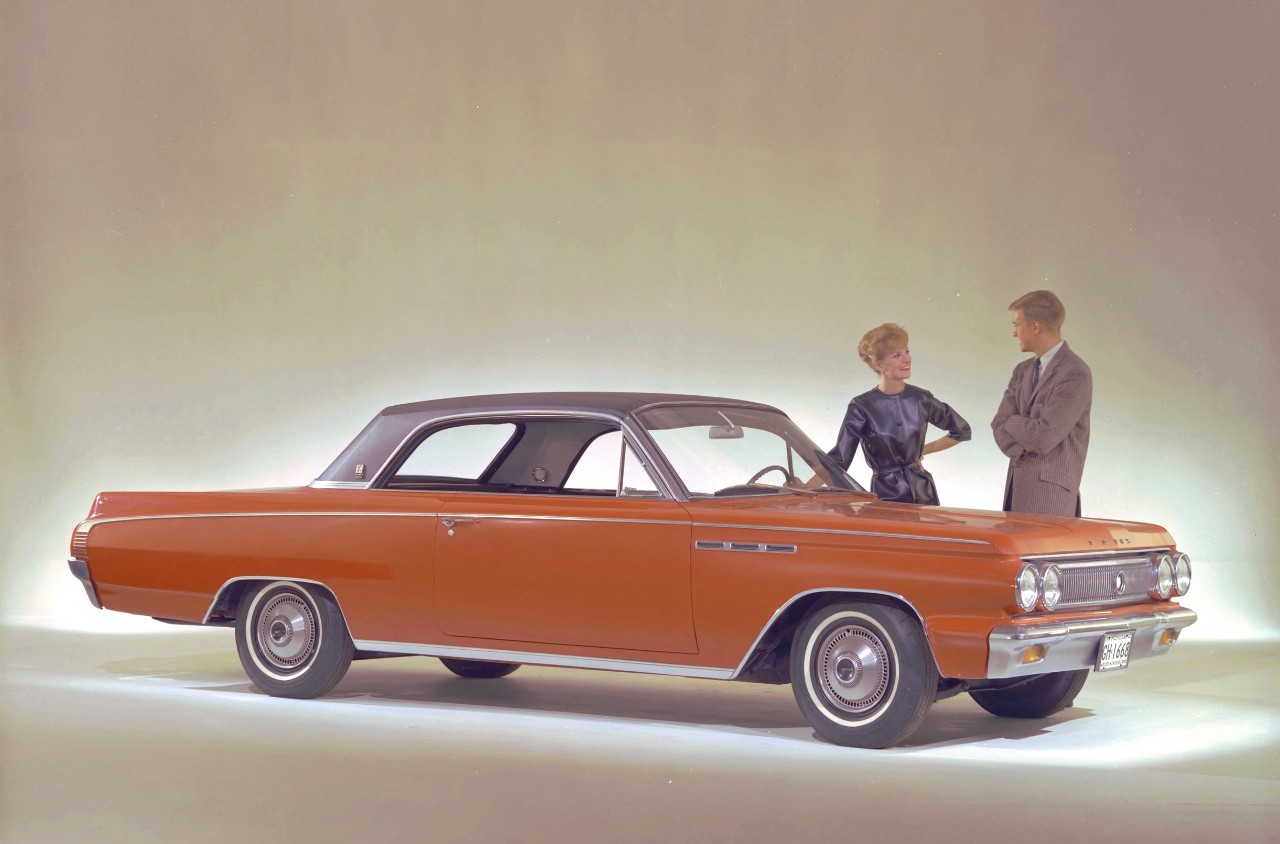
The Buick Special hit its peak in 1963, sporting a lightweight all-aluminum V8 introduced back in 1961. The engine was lauded for its high power density, and could generate 200 hp. It was so successful that versions of the engine were used in Indy racing cars.
1970 Buick GSX
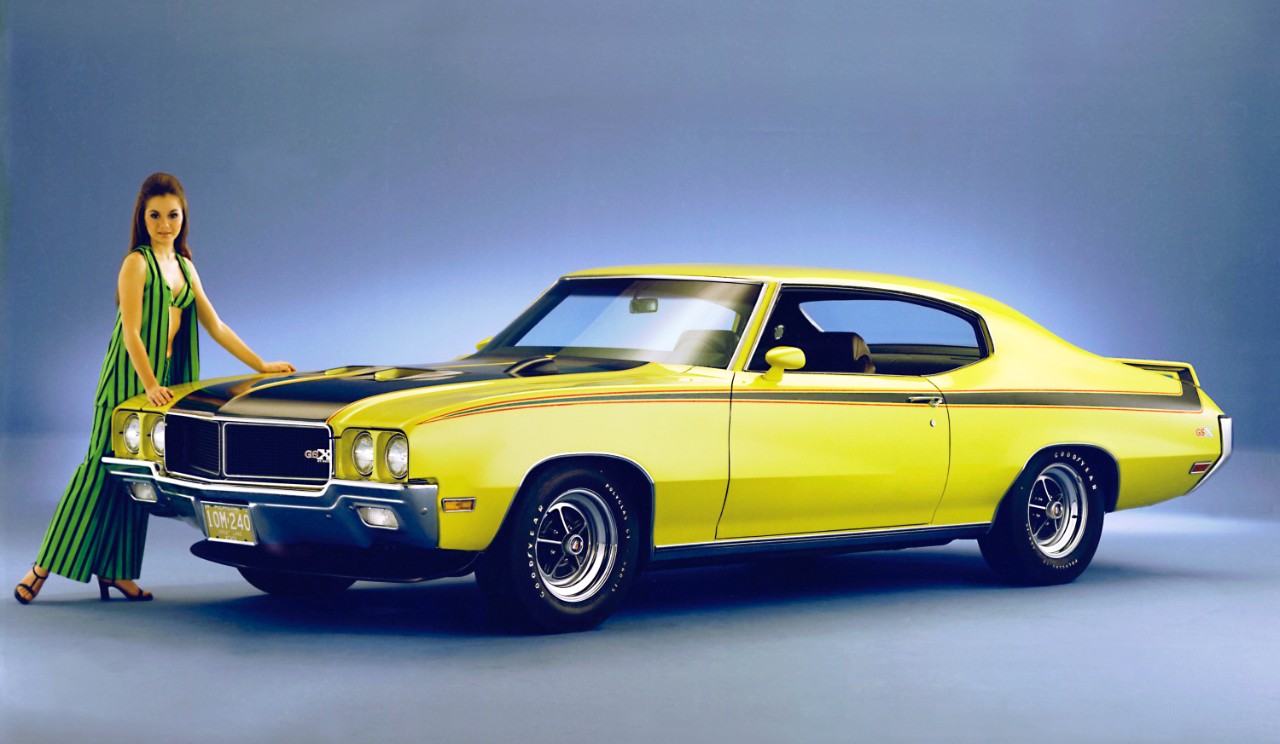
The 70s were the golden age of the muscle car era—a time where torque reigned supreme. Naturally, no competitor could dethrone the 510 pound-feet of torque generated by the GSX’s available 455 stage I V8 engine. It was so powerful, during a Motor Trend test, the GSX went from 0 to 60 mph in just 5.5 seconds and covered the quarter-mile in 13.4 seconds.
1976 Buick Century Indianapolis 500 Pace Car
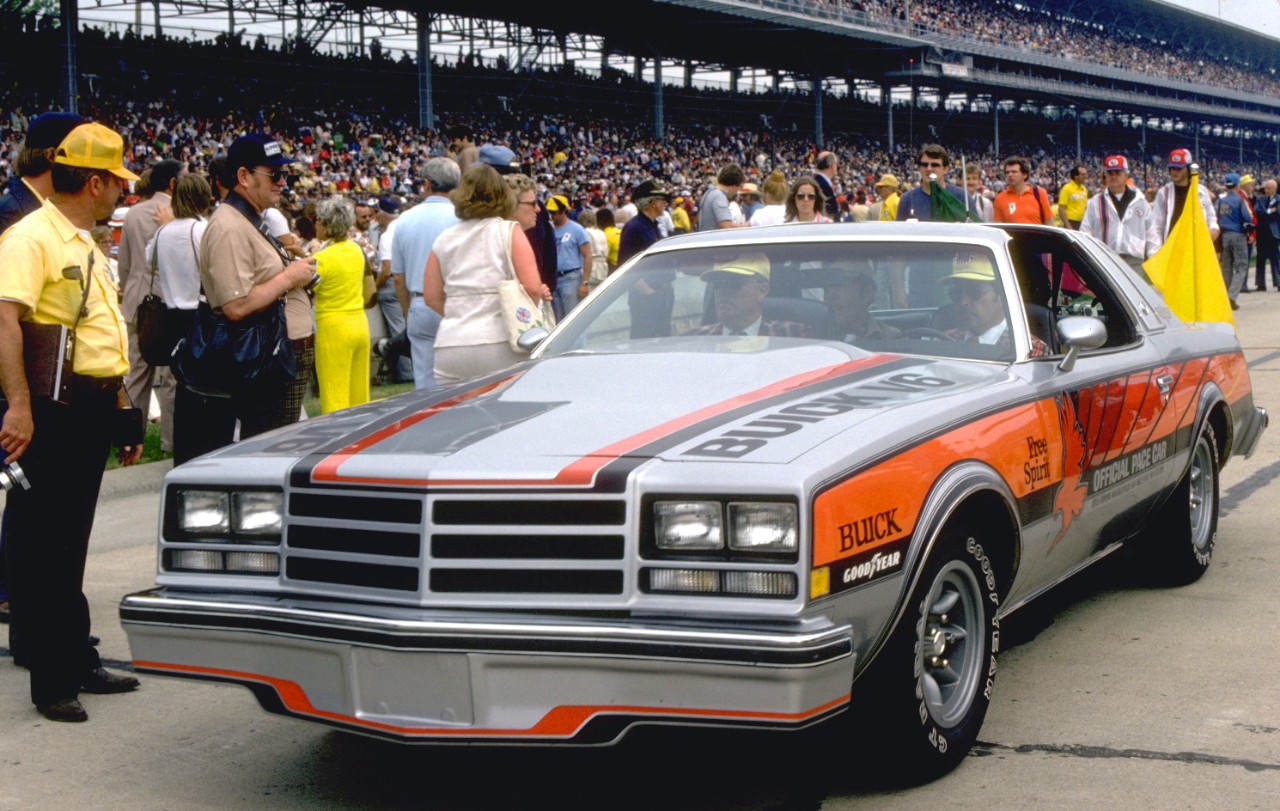
Buick’s turbocharging legacy was firmly established with this purpose-built pace car. Engineers leveraged the recently revived, more-efficient 3.8L V6 engine that was supplanting larger V-8 engines at the time. They filled it with 22 psi of turbo-fed boost—resulting in 306 hp from the compact powerhouse.
1984 Buick/March IndyCar
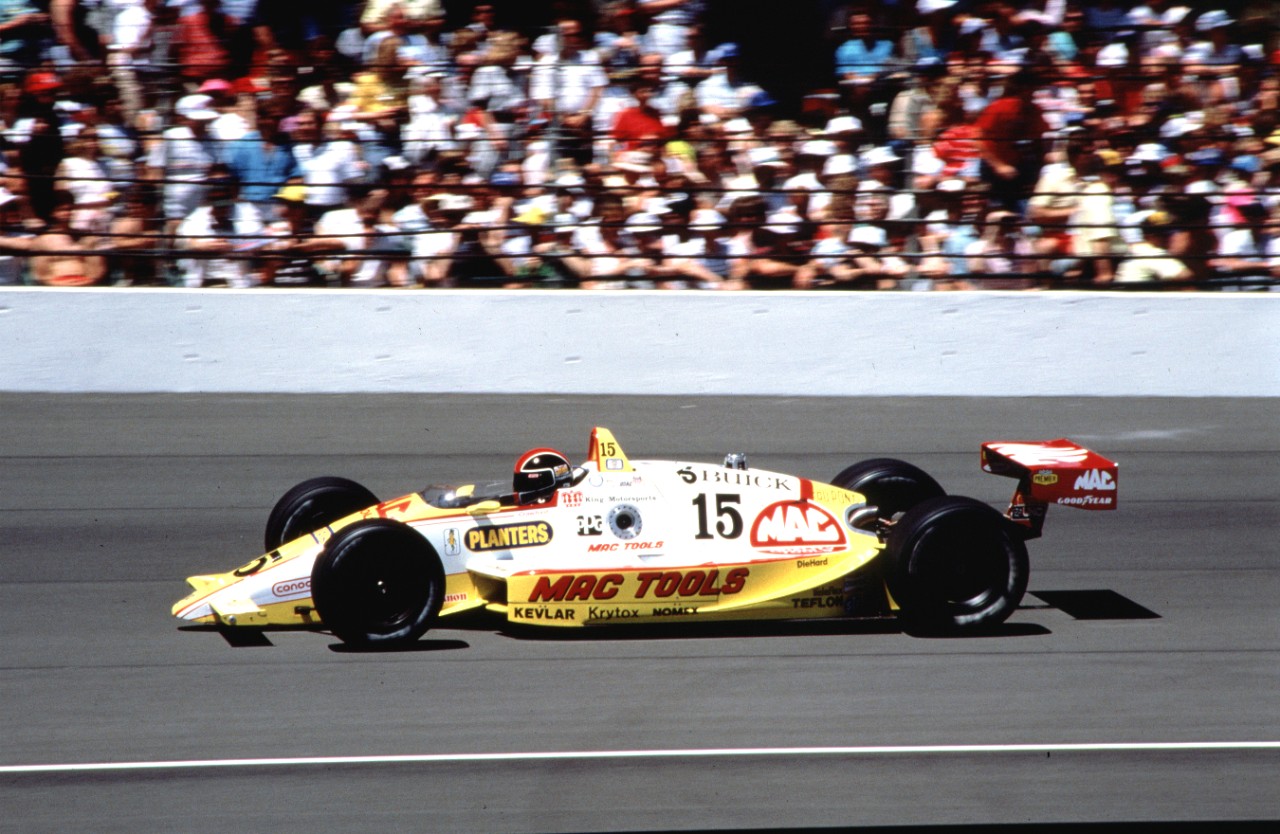
Few could have predicted Buick’s work with turbocharging and the part it played pacing the Indianapolis 500 would have such a profound effect. But in 1984, driver Scott Brayton drove his Buick-powered March racecar to a 204.638-mph one-lap speed and a 203,637-mph four-lap average, setting new records for a racecar using a production-spec engine block. By the mid-1990s, a more powerful version of the Buick turbo V6 helped Eddie Cheever to the fastest race lap ever at the Brickyard: 236.103 mph during the 1996 Indy 500—a record that still stands 20 years later.
1987 Buick GNX
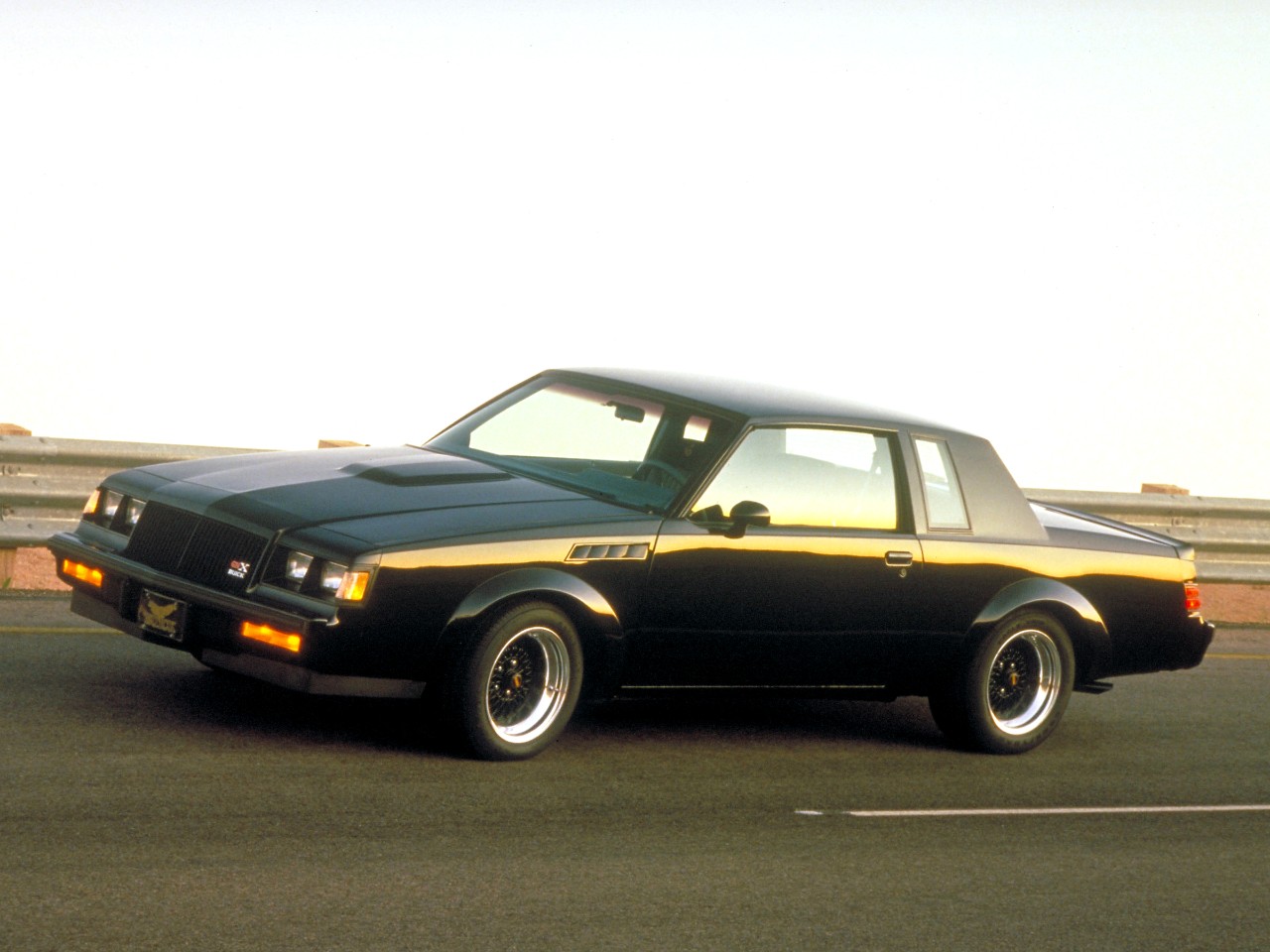
High-performance vehicles enjoyed a resurgence in the 1980s, which promoted Buick to turn from convention V8s and focus its attention on its turbo V6 program, a move that yielded the Grand National. Buick commemorated its end of production in 1987 with a limited-production GNX, which featured a larger turbocharger, a higher 276-hp output, and all-black attire. Only 547 models were built, making them a collector’s item.
2012 Regal GS

The GS returned to Buick’s lineup and advanced the brand’s turbocharging heritage. Like the 1963 Special, the Regal GS employed one of the most sophisticated and power-dense engines in its segment— a 270-hp 2.0L delivering 135 hp per liter. It also reintroduced a manual transmission to Buick and matched power with sophisticated driver technologies such as the Interactive Drive Control system.
For a look at our current model lineup, be sure to contact us at Heritage Chevrolet Buick Owings Mills today.
